Uber Promises Fleet-wide Electrification by 2030, GM Offers Help

Uber Technologies has promised to make sure that 100 percent of the vehicles used to convey customers in Europe, Canada, and the United States will be powered entirely by electricity — allotting itself just under a decade for the transition. By 2030, Uber said all cars used on the platform will be required to be of the plug-in variety. At the same time, General Motors announced it would be helping drivers get there by offering juicy discounts on items they’ll be required to buy in preparation for the coming change. That seems incredibly convenient, especially for the purveyors of these soon-to-be-mandatory products.
On Tuesday, CEO Dara Khosrowshahi noted he wanted Uber to help lead a “green recovery” in the wake of the coronavirus lockdowns that resulted in an American unemployment rate not seen since the Great Depression. He acknowledged how nice the air had gotten in urban environments (Manhattan still smells like expired milk, FYI) and suggested going back to the before times would be a mistake. We were practically cave people prior to 2020 and have metamorphosed into a higher state of being.
But carbon emissions will return to “normal” soon. When two-thirds of the world’s population was under lockdown in early April, carbon emissions fell 17 [percent] compared to last year. By June, the drop was only 5 [percent]. And the fires that continue to rage across our home state of California are a sobering reminder of the urgency of the climate crisis.
Instead of going back to business as usual, Uber is taking this moment as an opportunity to reduce our environmental impact. It’s our responsibility as the largest mobility platform in the world to more aggressively tackle the challenge of climate change. We want to do our part to build back better and drive a green recovery in our cities.
While we’ve taken some important steps in recent years, from expanding micromobility options to offering public transit in the Uber app, we know we’ve got a long way to go. That’s why we’re working with the World Resources Institute, Transport & Environment (T&E), and others to become a stronger partner in the fight against climate change by leveraging our innovation, technology, and talent to expedite the global transition to clean energy.
California’s transition to clean energy doesn’t seem to have stopped those wildfires and has technically diverted billions in funding from energy grid maintenance (and upgrades) for years. This has resulted in occasional blackouts as providers enact shutdowns in an attempt to avoid creating more fires whenever there’s a drought or simply because someone failed to buy sufficient juice in advance. But we’ll not continue poking holes in Uber’s general claims when its offering specific details on its evolving business policies. We just want it to be known that energy management is a mess in California right now and at least one company is proposing all of its drivers buy EVs before 2030.
Of course, that’s just for starters. Uber has similarly vowed to become a carbon-neutral platform (on a global scale) by 2040 — something we’d rank between incredibly difficult and practically impossible. Truth be told, we don’t expect any company making these kinds of claims to ever achieve them. They just look good in a press release and make it seem as though tons of hard work is being done before the promise is swiftly flushed down the old memory hole.
But they’re frequently accompanied by financial commitments and Uber said it would be spending $800 million in resources “to help hundreds of thousands of drivers transition to EVs by 2025.” It also wants to expand its own “multimodal network” to promote sustainable alternatives to personal vehicle ownership and be transparent/accountable as a company.
Look, I will happily swallow the self-serving polls Uber shares to undermine updated California employment laws it doesn’t want to comply with (there may be some truth there). But framing itself as a green company is a bridge too far. The entire business model involves contractors constantly cruising around an urban landscape while they wait for customers. We’ll chalk it up to a necessary evil but numerous studies have proven ride-hailing platforms congest roadways while contributing to air pollution. Forcing drivers to transition into EVs may help eliminate smog directly overhead but the issue will be moved largely elsewhere as power plants are kicked into overdrive to compensate for the above-average draw.
On the upside, most electric vehicles on sale in 2030 should be able to recharge within a handful of minutes and hold enough juice to operate all day in a major metropolitan area if they continue evolving at the present pace. But Uber wants drivers to begin making the swap ASAP, encouraging General Motors to come to the rescue.
GM said it would be teaming up with Uber to offer employee pricing on a brand-new Chevrolet Bolt. Customers just need to prove they’re contracted by the company. It likewise suggested they’d be good for a 20 percent discount on EV accessories (e.g. home-charging systems). Combined with local subsidies designed to get customers into EVs, it should be the cheapest way to get into one that doesn’t involve grand theft auto — even if the automaker already has exhausted its federal tax credit quota.
“Improving access to EVs for on-demand service providers can help reduce overall tailpipe emissions in cities across the country and help accelerate widespread EV adoption,” Sigal Cordeiro, GM executive director of Sales and Marketing for Global Innovation, said in a statement. “Our collaboration with Uber will facilitate drivers’ switch to an EV, empowering these drivers, their passengers and communities to experience electric vehicles and contribute to cleaner air in our cities.”
[Image: MikeDotta/Shutterstock]

A staunch consumer advocate tracking industry trends and regulation. Before joining TTAC, Matt spent a decade working for marketing and research firms based in NYC. Clients included several of the world’s largest automakers, global tire brands, and aftermarket part suppliers. Dissatisfied with the corporate world and resentful of having to wear suits everyday, he pivoted to writing about cars. Since then, that man has become an ardent supporter of the right-to-repair movement, been interviewed on the auto industry by national radio broadcasts, driven more rental cars than anyone ever should, participated in amateur rallying events, and received the requisite minimum training as sanctioned by the SCCA. Handy with a wrench, Matt grew up surrounded by Detroit auto workers and managed to get a pizza delivery job before he was legally eligible. He later found himself driving box trucks through Manhattan, guaranteeing future sympathy for actual truckers. He continues to conduct research pertaining to the automotive sector as an independent contractor and has since moved back to his native Michigan, closer to where the cars are born. A contrarian, Matt claims to prefer understeer — stating that front and all-wheel drive vehicles cater best to his driving style.
More by Matt Posky
Latest Car Reviews
Read moreLatest Product Reviews
Read moreRecent Comments
- KOKing Unless you're an employee (or even if you are) does anyone care where physically any company is headquartered? Until I saw this story pop up, I'd forgotten that GM used to be in the 'Cadillac Building' until whenever it was they moved into RenCen (and that RenCen wasn't even built for GM). It's not like GM moved to Bermuda or something for a tax shelter (and I dunno maybe they ARE incorporated there legally?)
- Fred It just makes me question GM's management. Do they save rent money? What about the cost of the move? Don't forget they have to change addresses on their forms. New phone numbers? Lost hours?
- SilverHawk It's amazing how the domestic manufacturers have made themselves irrelevant in the minds of American consumers. Someday, they'll teach this level of brand disassociation in marketing classes as an example of what "not to do". Our auto interests once revolved around these brands. Now, nobody cares, and nobody should care. Where did I put the keys to my Studebaker?
- El scotto Will it get GM one mile closer to the Gates of Hades? This is a company that told their life long employees not to sell their stock until the day of bankruptcy.
- 28-Cars-Later I'm curious, is the Maverick in "EV mode" when its towing?"There's still car-like handling -- no punishment because you're driving a truck." That's because its not a truck, its akin to the earlier Ranchero - a literal car-truck hybrid now with an available gasoline hybrid drivetrain (that's actually hilarious and awesome, hybrid-hybrid FTW).









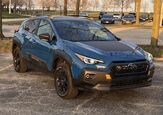





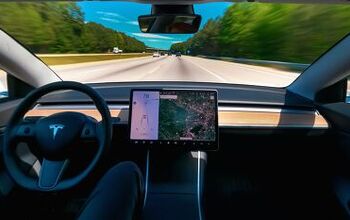

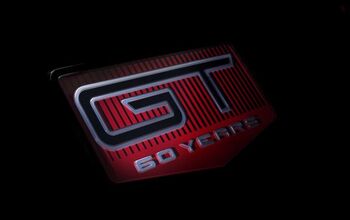

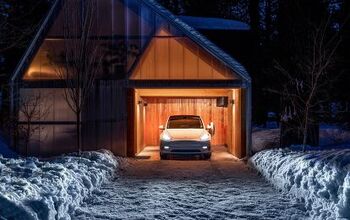
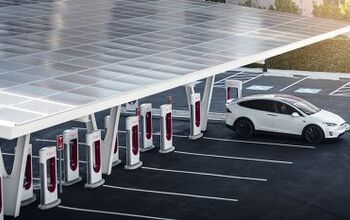
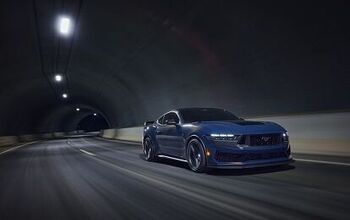
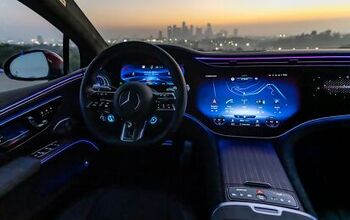
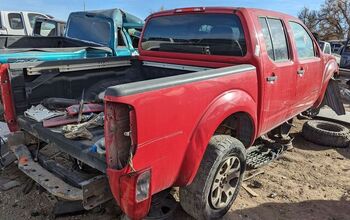
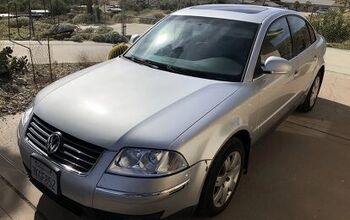
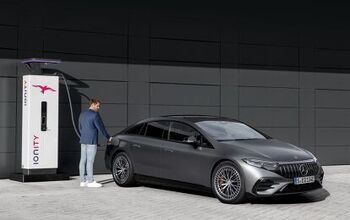

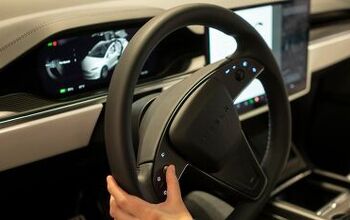
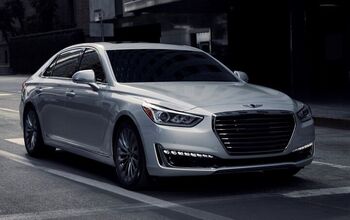

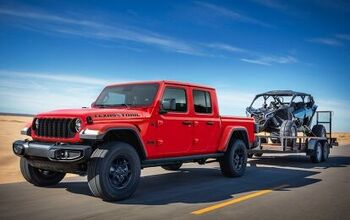
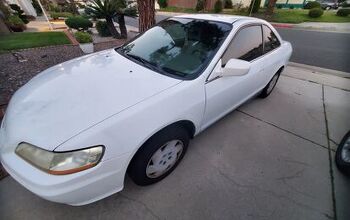
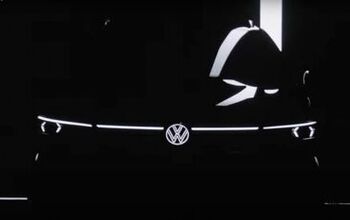
Comments
Join the conversation
Uber's making a lot of bets here. Does Uber really think EV adoption AND the required supporting fast-charging infrastructure (chargers, chargers, everywhere!) would be widespread enough to assume that thousands of "contractors" under its thumb could afford to own or lease EV's of the shapes, size, and range needed to service its customers with a 100% EV fleet? Unlikely.
I have no intention to discuss all the BS statements on this thread but according to my reliable sources by 2030 every new car purchase will be required to be EV. Required by who? Required by California or/and Federal Governments.